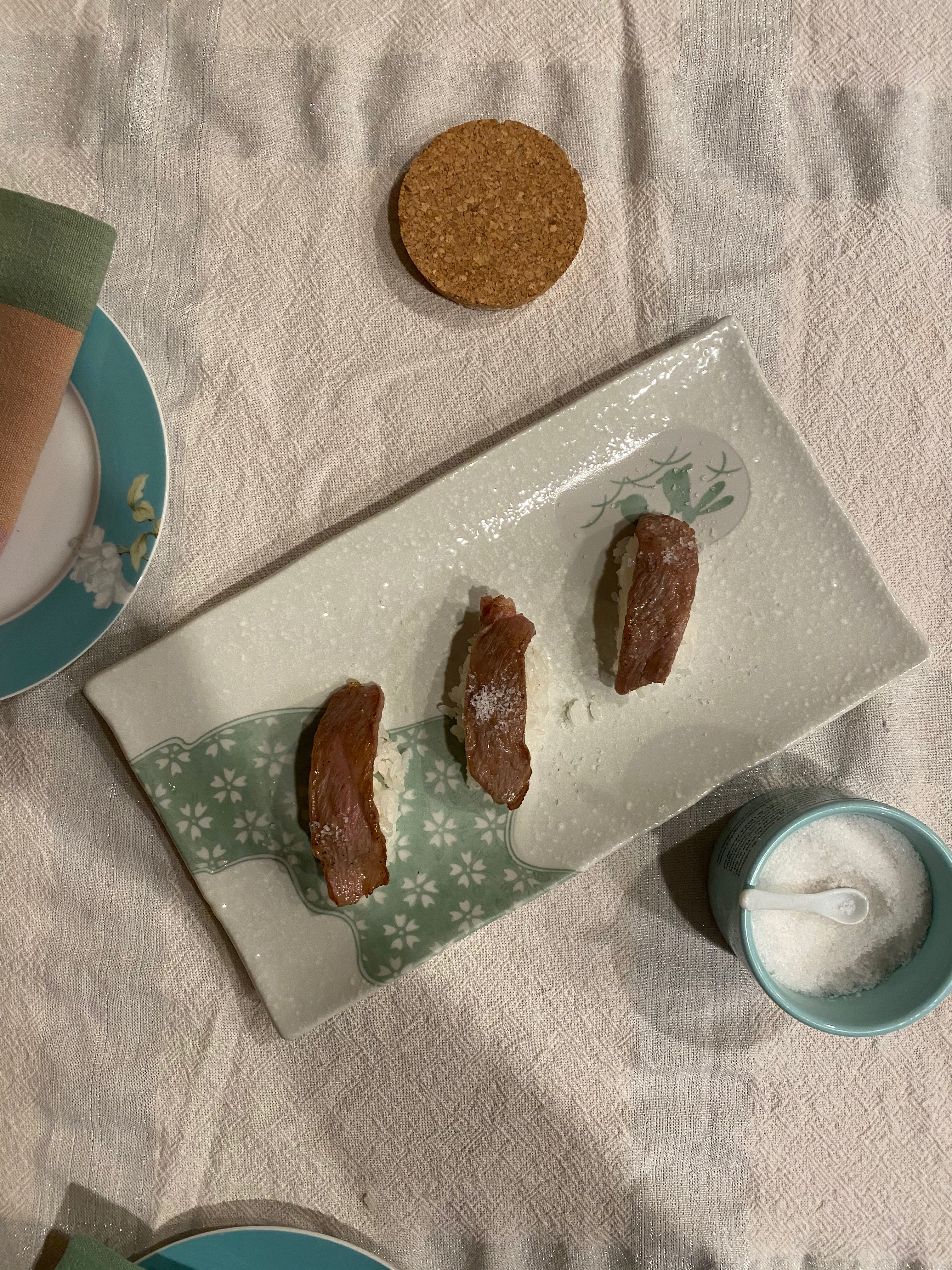
Figure 1: Sushi-style. The rice is the perfect foil for soaking up meat gusher juices.
Wagyu is a very specific breed of Japanese cattle. When the Japanese realized that they can’t beat the open pastures of America/Australia with quantity, they were able to do so with quality. After exports opened up in 2012, we were able to source real Wagyu in America.
I found a website. Texted the number listed. Purchased 2.5 lbs of Hida-gyu ribeye, BMS 11. BMS stands for Beef Marbling Score; There are 12 different scores, and A5 Wagyu beef represents beef with scores from 8-12.
Ingredients
I would reserve 6-8 oz of Wagyu a person: the texture is similar to a fatty sponge with hints of beef. Very filling.
We sourced our Wagyu ribeye @ ~130/lb. Usually websites charge ~180-200/lb. Most japanese prepacked wagyu have a thickness of 0.75 inch; buying whole sale is the only way to have a thick cut. I asked for a 2-inch slab and it weighed 2 lbs 7 oz. We only used the eye for one meal, and saved the ribcap for later (shabu-shabu/ramen).
Directions
- Make rice.
- Remove from fridge 1 hr before consumption to let it warm up.
- Remove ribcap from eye.
- Slice then sear for ~1 min each side on blazing hot cast iron pan. Thickness/doneness to your preference, you can probably eat it raw.
- Salt with quality salt after cooking. We used Sel de Ibiza.
- Sauce 1 : Raw eggs at 150F for 5 minutes to pasteurize. Extract yolks. Adds a creamy texture
- Sauce 2 : Ponzu with finely minced garlic.
- Sauce 3 : Just salt and pepper.
Pictures
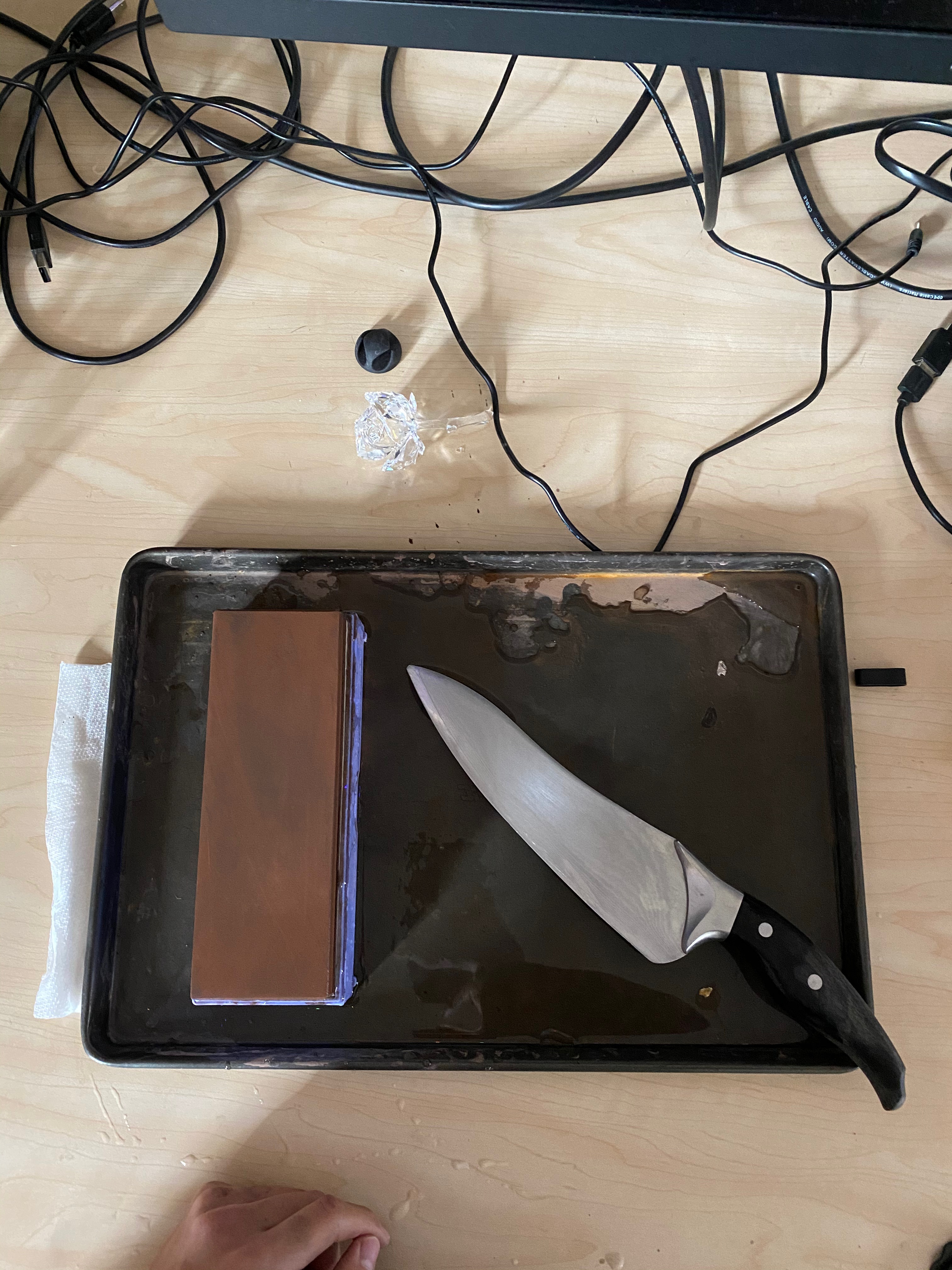
Figure 2: Need to remove the ribeye from the cap. Sharpened knives in prep.
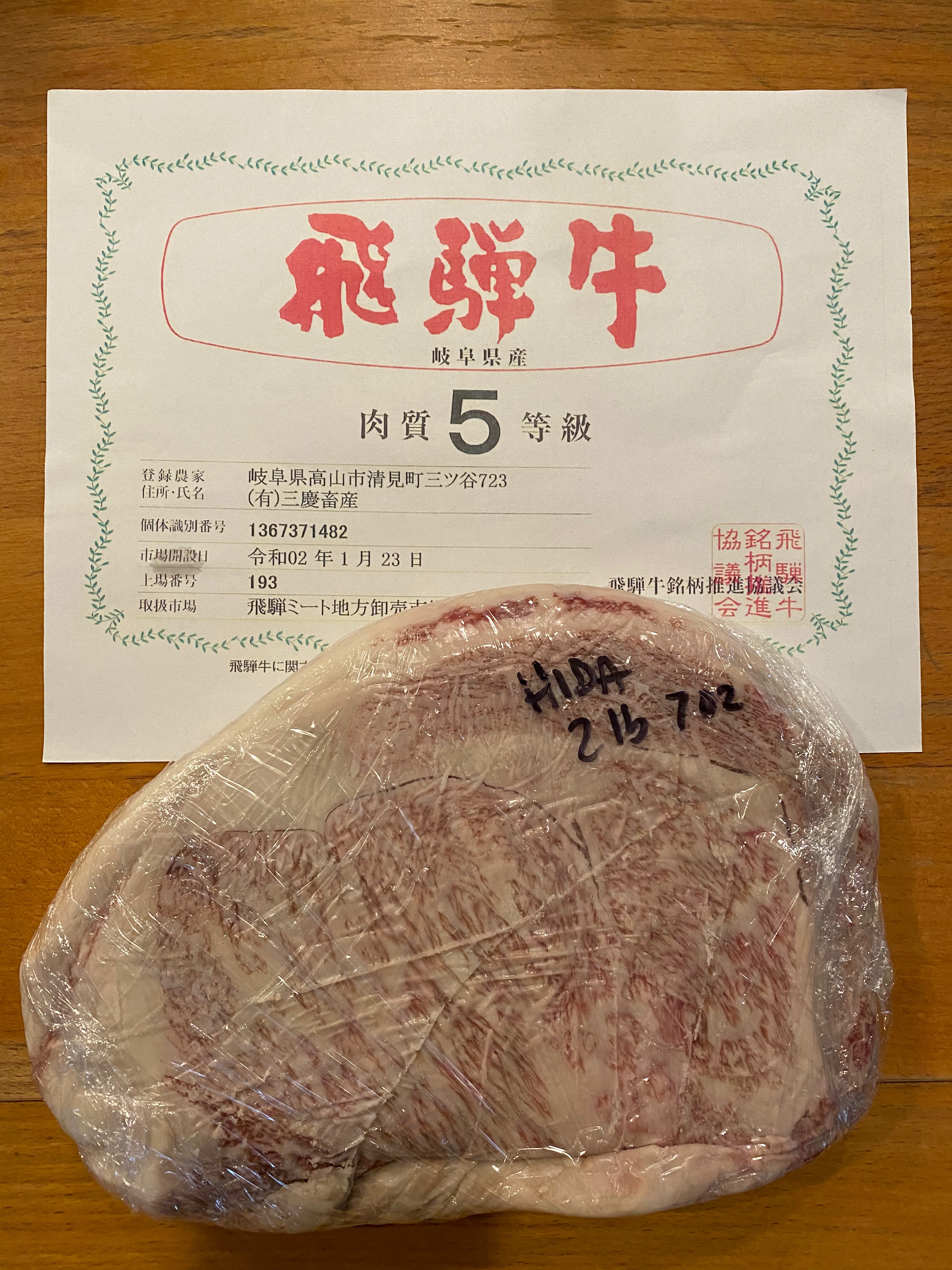
Figure 3: Each wagyu slab comes with a certificate confirming its origin. Lots of kanji (must have been formal).
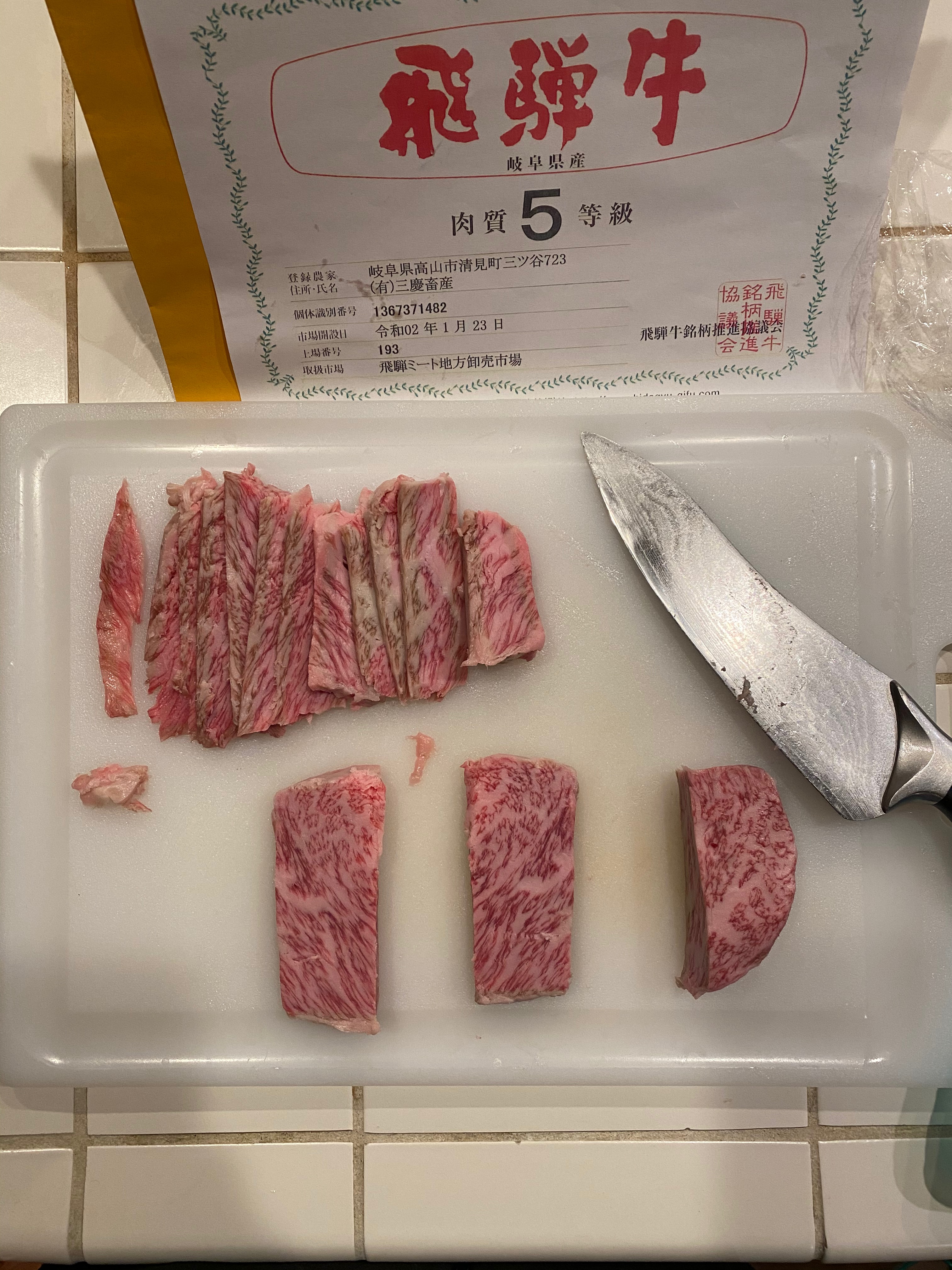
Figure 4: Sliced to different thickness. We did 3 cuts: thin strips for sushi, 1-inch thickness, and 2-inch thickeness.
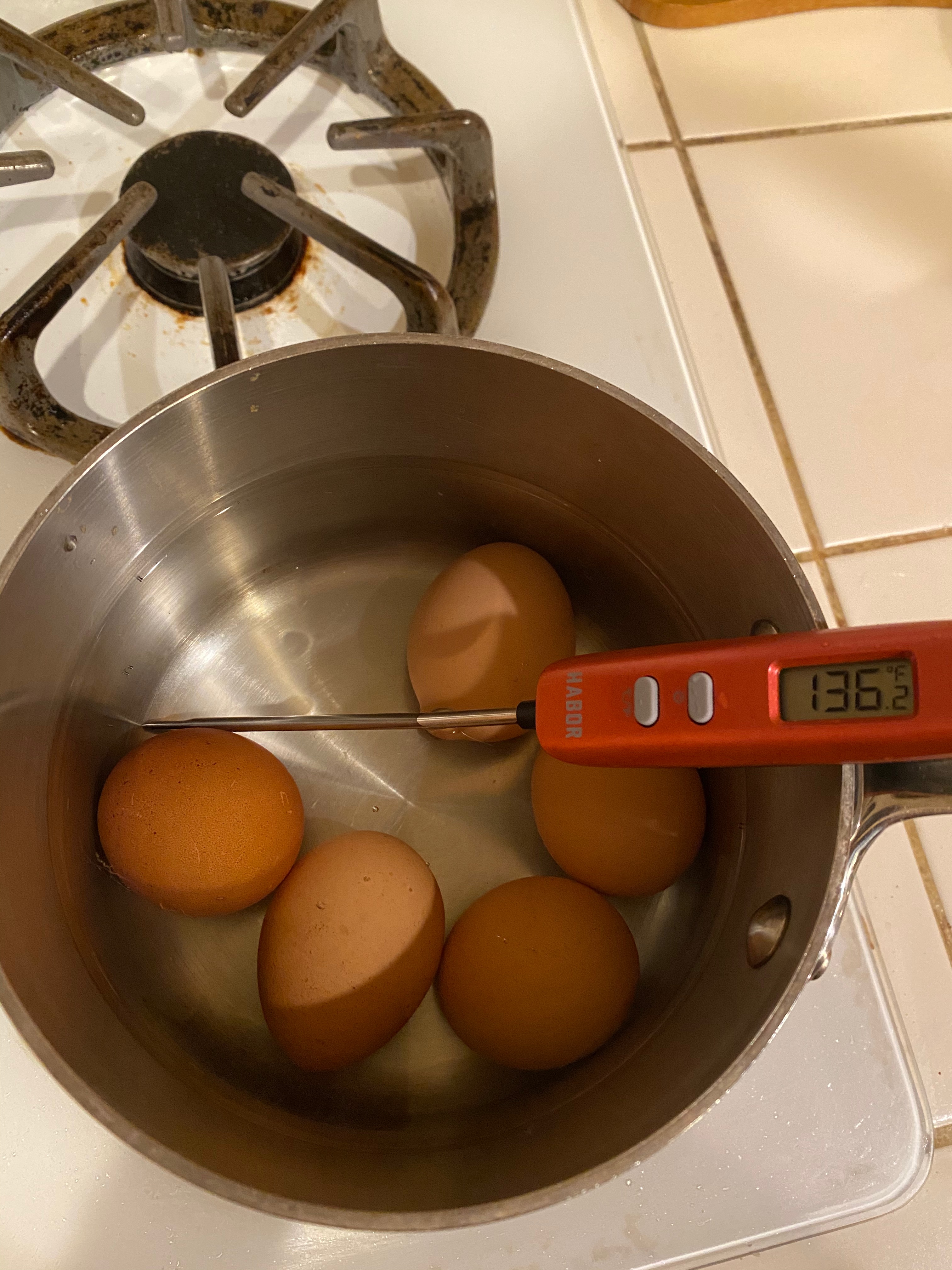
Figure 5: Thin strips in yolk sauce was my favorite; it adds a particular creaminess. Pasteurize at 147F for at least 5 mins to kill germs.
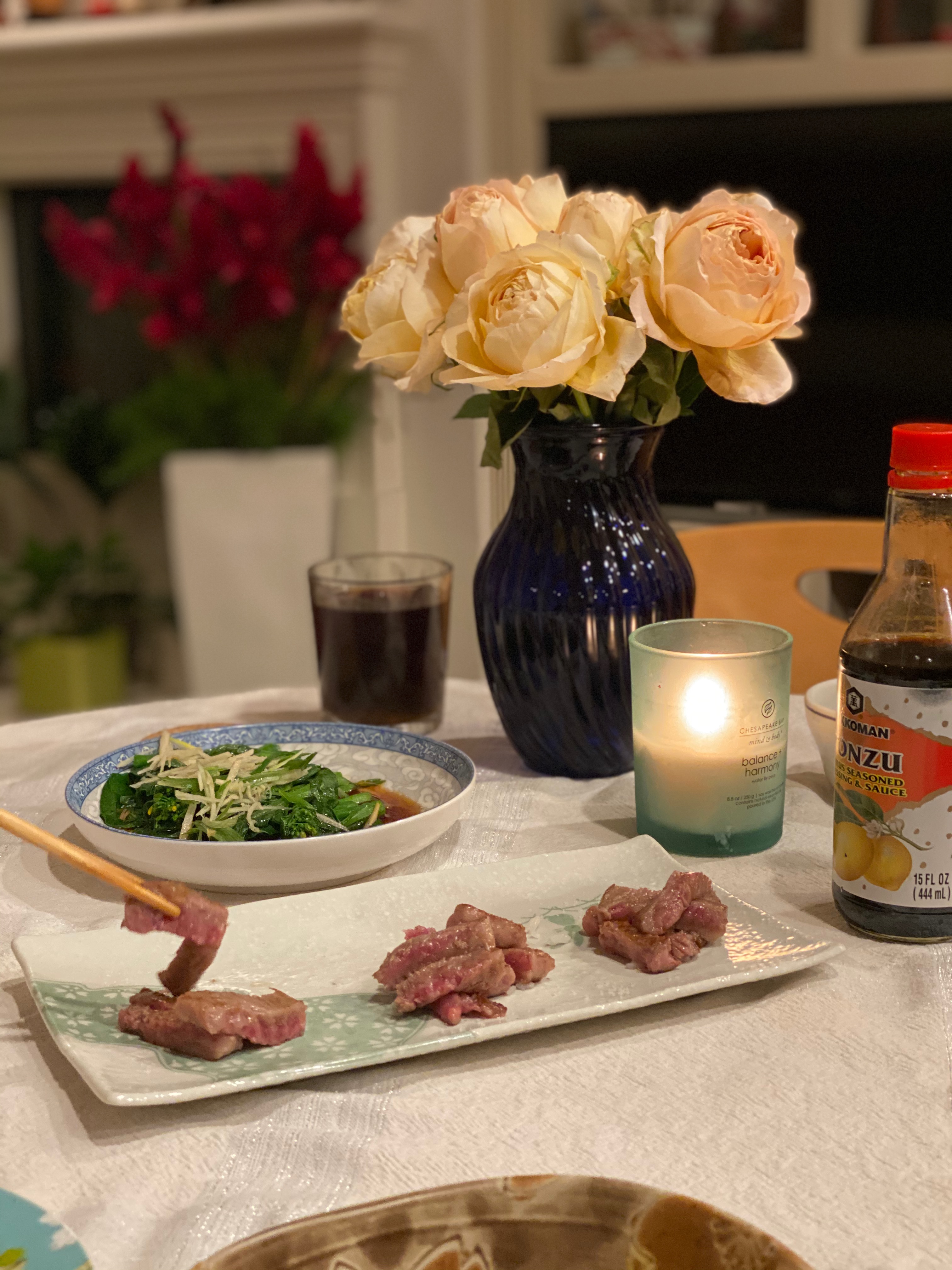
Figure 6: Plated.





